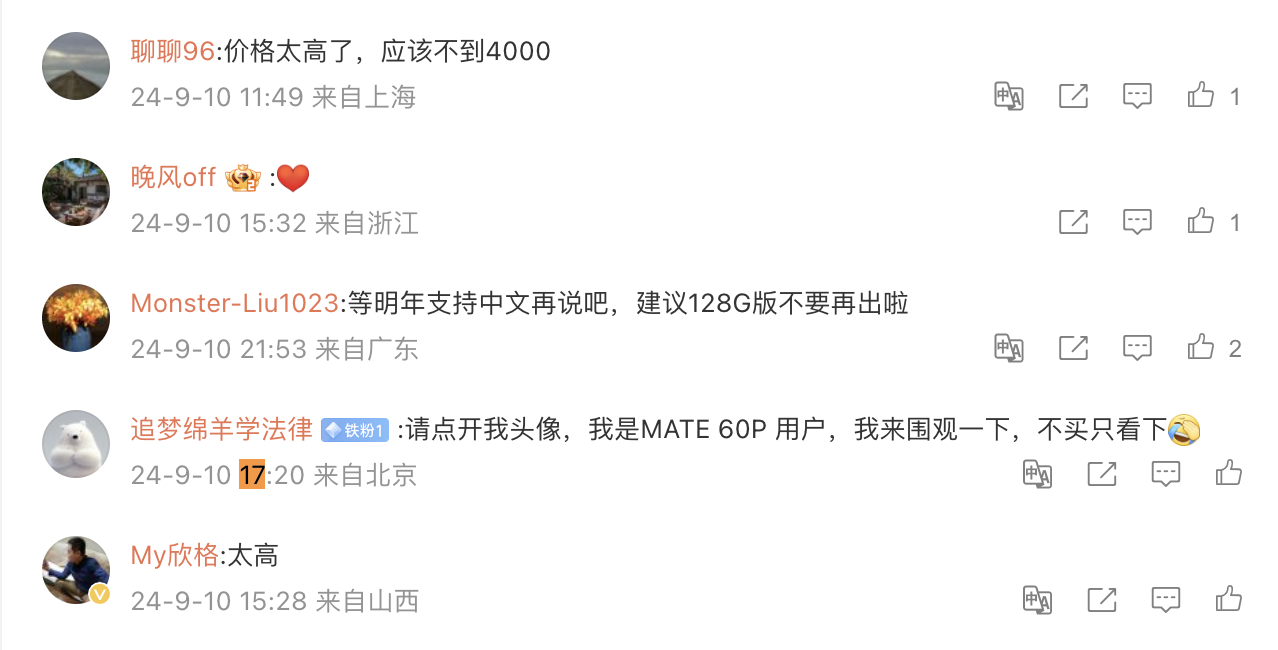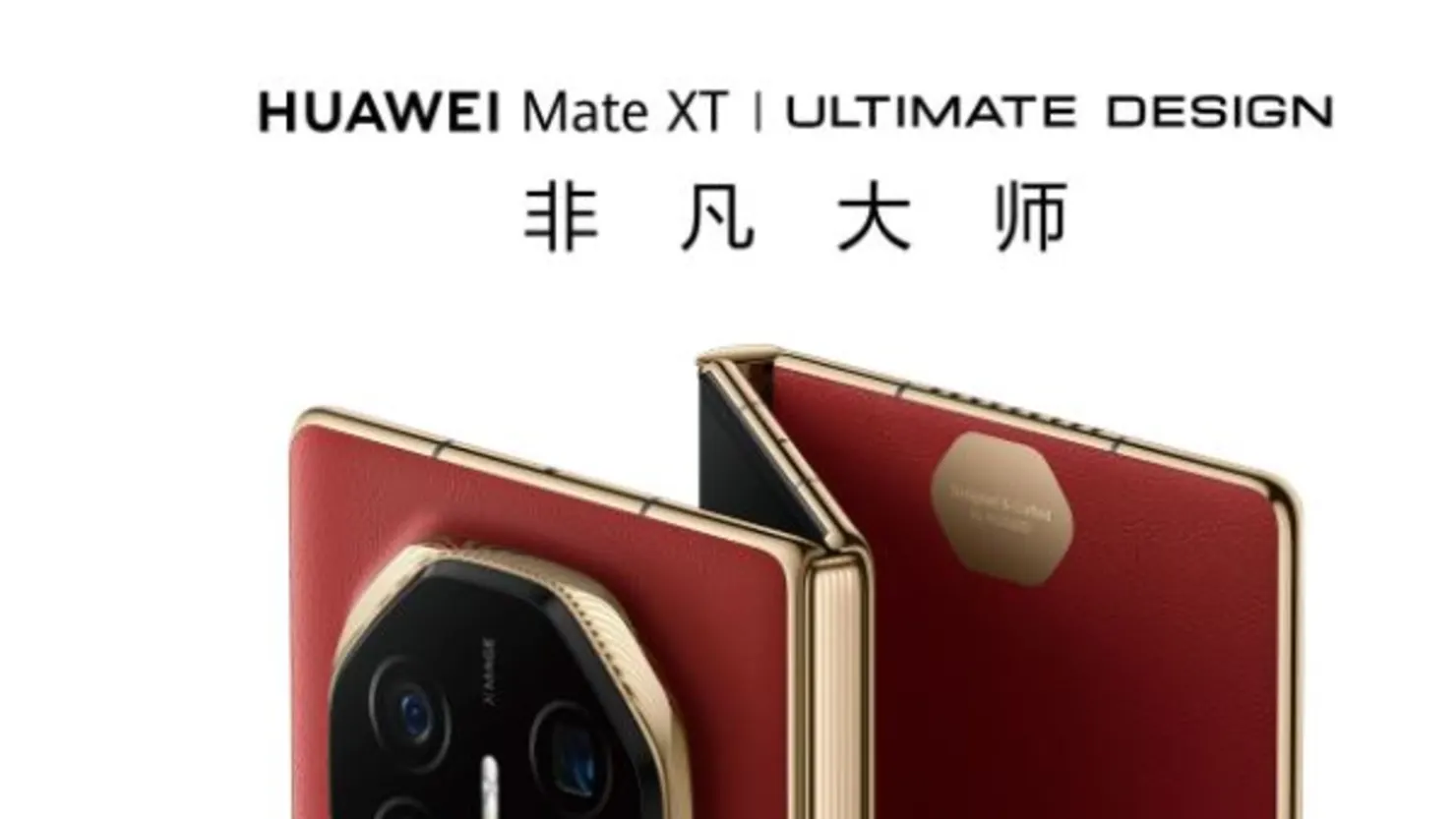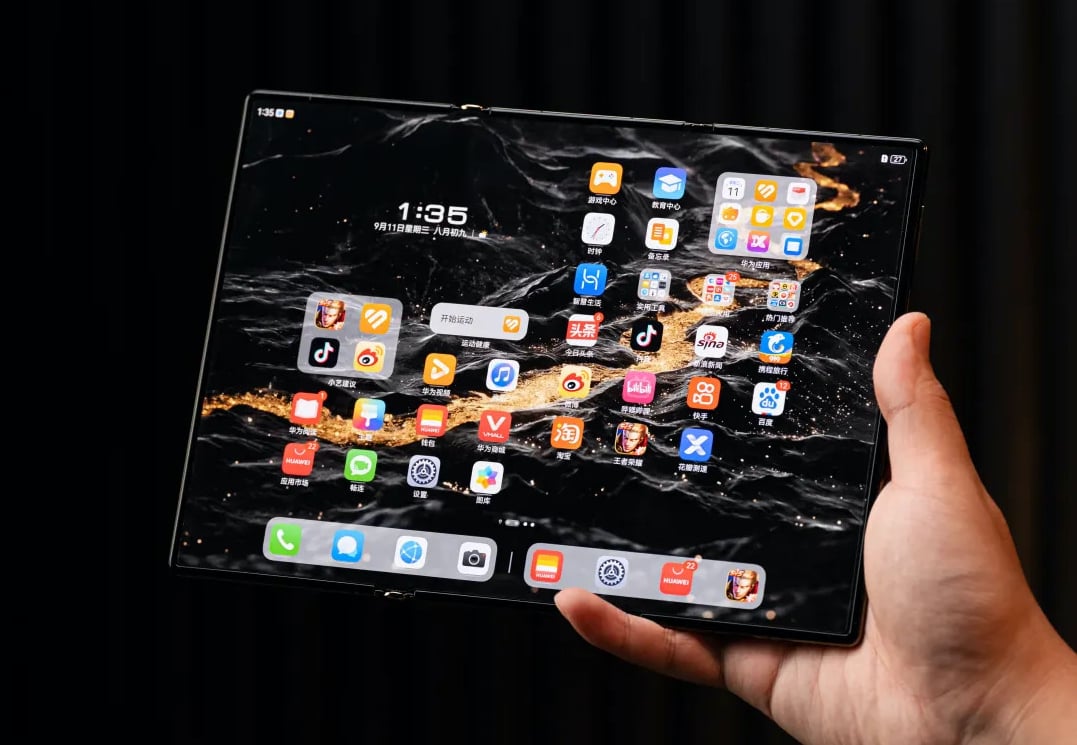Apple’s much-anticipated iPhone 16 doesn’t officially release until September 20 in China, but consumers in the nation are already disappointed, primarily due to the absence of key artificial intelligence (AI) features that many expected. As the tech giant faces intensified competition from local rival Huawei, the lack of AI capabilities has left users questioning the value of upgrading to the new model.
The iPhone 16 series, touted as Apple’s first AI-powered smartphone lineup, has failed to meet Chinese consumers’ expectations, especially due to the delayed local rollout of features like an AI assistant capable of summarizing users’ messages and AI-boosted image editing tools for trimming unwanted parts of photos.
Apple Intelligence, the company’s on-device AI system, will not support Chinese, Japanese, French, or Spanish until 2025. Interestingly, American English will be available in October 2024, but English-speaking users in areas like the United Kingdom, Australia and Canada will have to wait until December 2024.
On Weibo, netizens expressed widespread frustration over the iPhone 16’s lack of AI features. The hashtag #苹果AI明年支持中文 (“iPhone 16 Chinese version doesn’t support AI yet”) has garnered over 11 million views and 1,500 comments, with many users commenting that without AI as a significant selling point, the iPhone 16 should be priced at half its current cost. Netizens voiced their frustration on the social media platform, stating they’d rather wait until 2025 for iPhone 17 and questioning whether it’s worth buying an iPhone 16 when Huawei smartphones are always an option.

This outcry highlights broader disappointment with Apple’s pricing strategy, especially when compared to Huawei’s competitive offerings.
Apple’s new A18 chip for the iPhone 16, utilizing advanced 3-nanometer technology, enhances performance with faster processing speeds and improved energy efficiency. However, many iPhone 14 and 15 users may not see a substantial jump in performance with the iPhone 16. In contrast, users of the iPhone 12 and older phones will benefit from significant improvements in aspects such as faster MagSafe charging and ultrawide camera capabilities.
Additionally, Apple is shifting iPhone 16 production to India to diversify its manufacturing base away from China, which may impact its supply chain dynamics and pricing strategies.
It is worth noting that Huawei’s new Mate XT, launching on September 20 — the same day as the iPhone 16 — is priced between approximately 2,800 and 3,371 USD (between 19,999 and 23,999 RMB). This price is significantly higher than the iPhone 16’s starting price, which ranges from 799 USD (around 5,650 RMB) for the base model to 1,599 USD (approximately 11,370 RMB) for the iPhone 16 Pro Max.

The Mate XT features a unique triple fold display, providing versatile screen options, along with advanced AI features. This includes an AI assistant with text summary, translation, and editing functions, as well as AI-boosted image editing capabilities like trimming unwanted parts of photos.
According to data from market research firm Canalys, Apple’s market share in the high-end market has been diminished by Huawei, and it is especially facing challenges in the Chinese mainland market.
Tencent reported that Canalys data showed that the top five manufacturers in the global high-end mobile phone market maintained growth in the second quarter of this year. Apple ranked first with a market share of 62%, but its market share in mainland China continued to decline.
While the iPhone 16 introduces new AI capabilities, its delayed features and higher price point may jeopardize its success in China. Apple needs to address these consumer concerns to maintain its foothold in a market increasingly dominated by local competitors.
Banner image via Reuters.

















